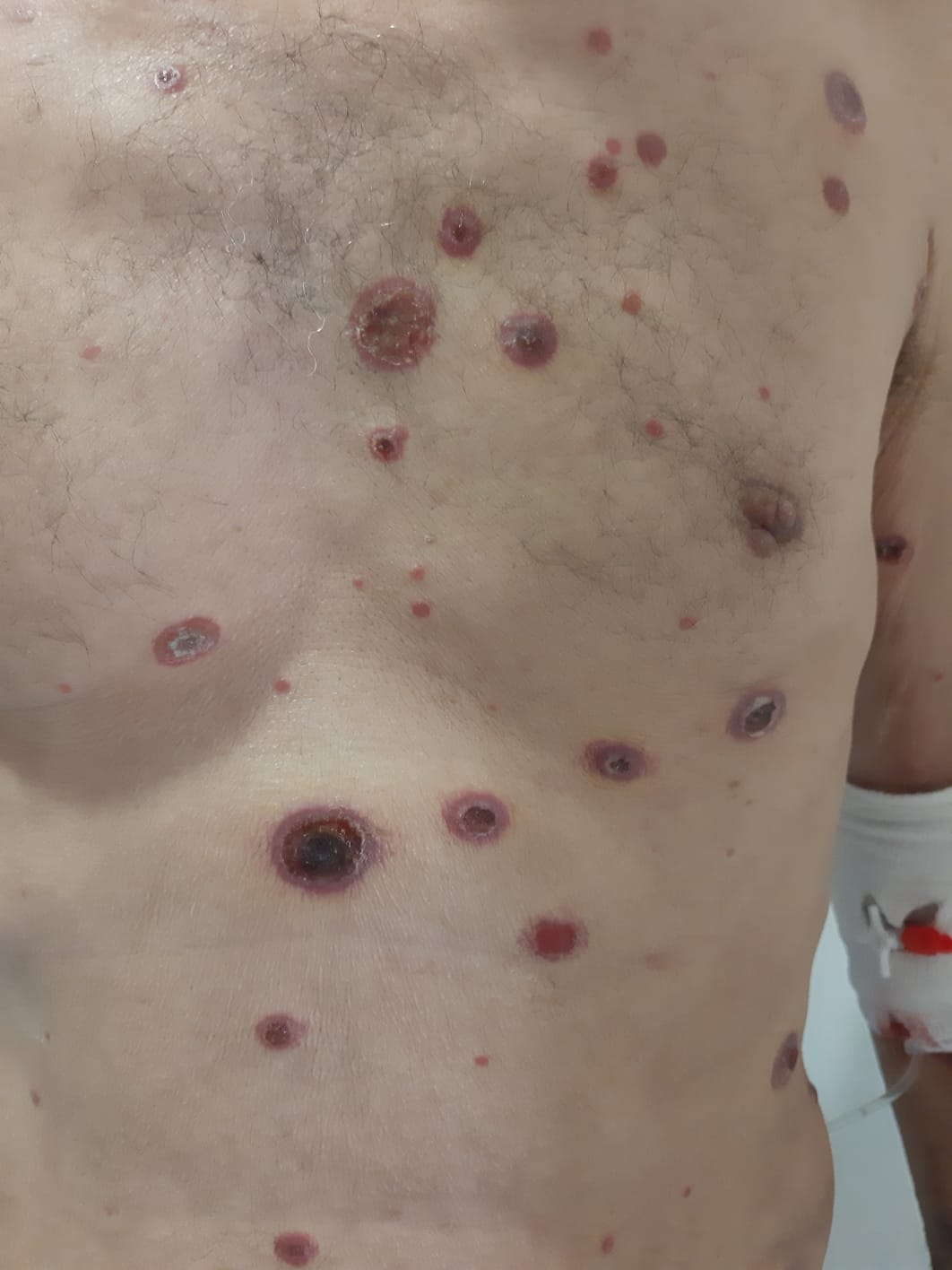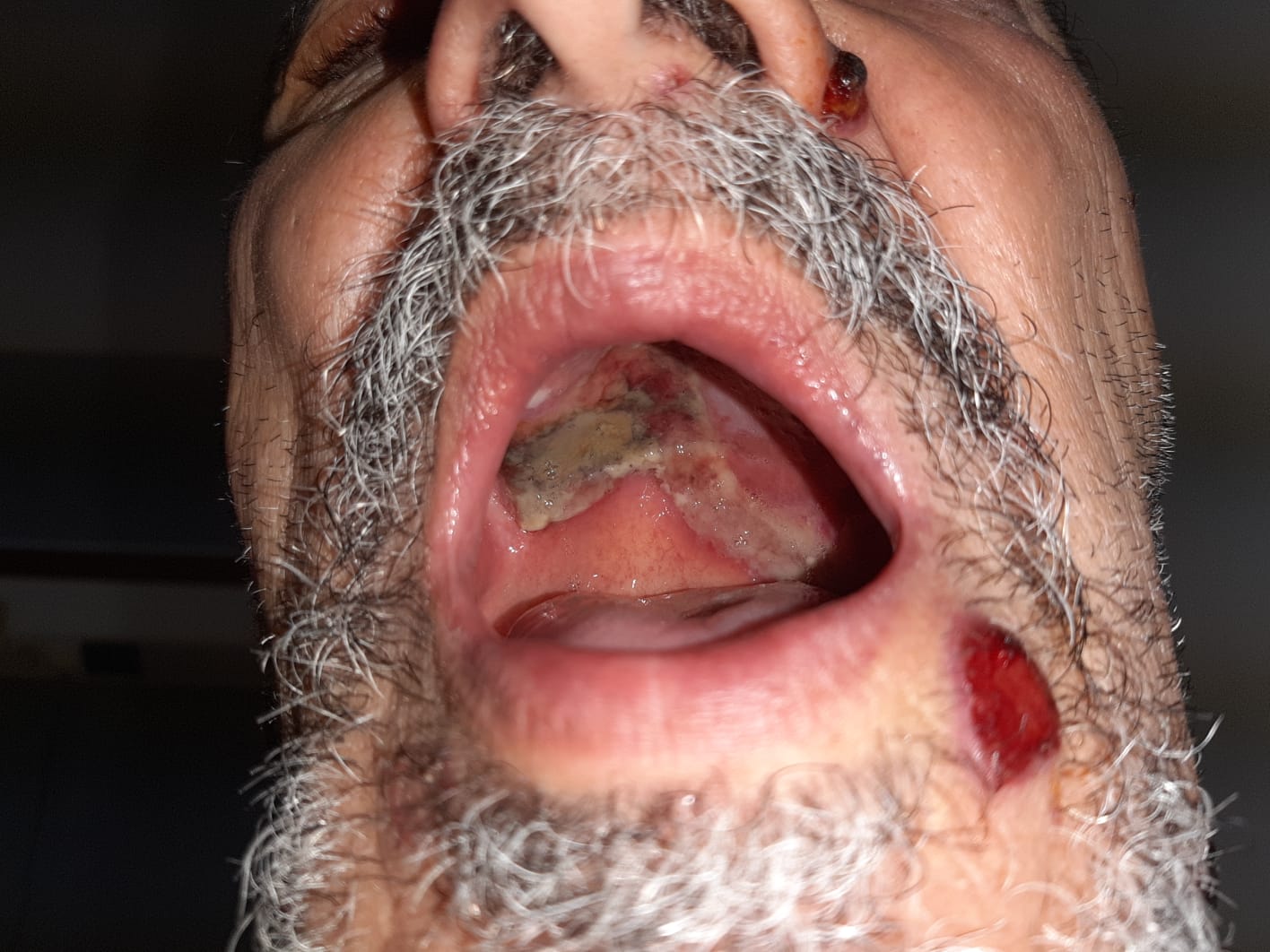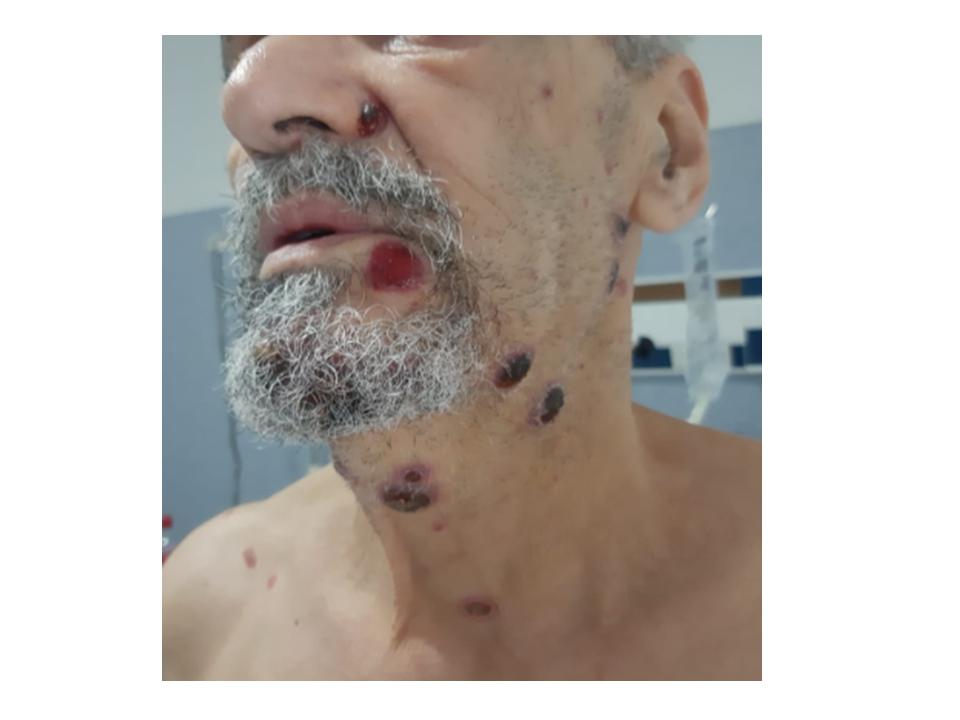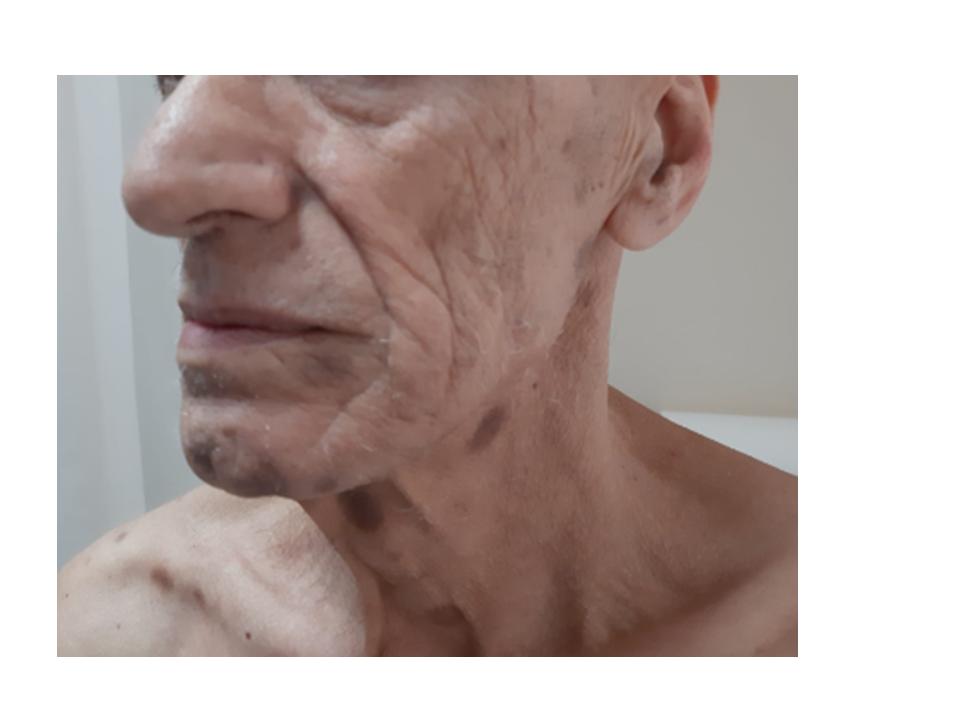Talking about a rare disease: the Peripheral T-cell lymphoma

Introduction
Even the most sophisticated clinical environment has to deal with patients diagnosed with some diseases without a well established treatment. Usually the disease is so uncommon that there are not enough cases to recruit for a properly designed clinical trial, ormaybe the basic research is not able to disentangle the complex molecular pathways of the disease. This is the case for a group of entities known as Peripheral T-cell lymphoma, considered an orphan disease without an effective treatment. The annual global incidence rate ratio is 1.34 cases per 100.000 persons. Geographical variation in incidence has been described with higher numbers in the Caribbean, Asian and Latin American countries.
Practical considerations
Peripheral T-cell lymphomas are usually diagnosed after a cutaneous biopsy, sometimes detected as a single lesion but, in other cases, there is a widespread extension across the skin, nodes or the internal organs (liver and spleen). It is not uncommon the presence of fever, asthenia, and weight loss, making the differential diagnosis with other systemic processes a hard work. They are more common in middle age and older adults, without a particular gender preference. The quality of life of the patients is usually severely disturbed.

They can have a good response to chemotherapy, but the risk of recurrence is very high.


Classification
The World Health Organization recognizes 29 different entities. It is always hard to remember the different types, because there is not a “rational” connection between all of them. Mycosis fungoides or angioimmunoblastic, are familiar terms to most of the clinicians, but the rest of the entities are the field of hematologist or oncologist dedicated to treating this group of patients. Compared with their B-cell lymphoma counterparts, the prognosis is clearly worst for the Peripheral T-cell lymphoma. Because of all them are composed of posthymic cells, there is now a preference to rename them as “mature T-cell lymphomas”.
You can reach a good review, from diagnosis to treatment here
Differential Diagnosis
The visual aspect of these lymphomas in the skin can be misleading with other entities like panniculitis, exanthema, Kaposi´s sarcoma.
Question: Which one of the next options is not a risk factor for peripheral T-cell lymphoma?
1. Epstein Barr virus
2. HTLV-1 associated adult T-cell leukemia
3.Celiac disease
4. Some breast implants
5. Psoriasis
Bibliography
1) Marchi, E; O’ Connor, o. The Rapidly Changing Landscape in Mature T-Cell Lymphoma (MTCL) Biology and Management
Ca Cancer J Clin 2020;70:47-70



